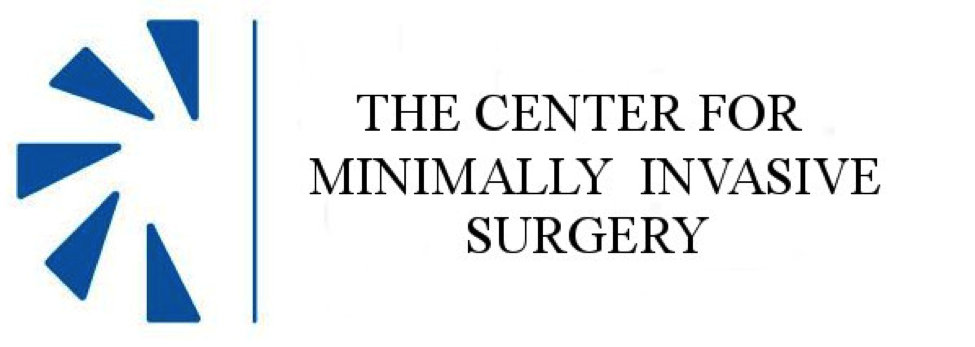My Aching Back
Back pain is a common symptom that most people experience once in a lifetime. Whenever a person experiences back pain, seeking nonsurgical treatment options is at the top of the list. Some conservative treatments can be done at home while others require professional help.

Managing pain at home
Usually, when someone experiences back pain, one will try to reduce the pain with easily accessible methods. Some of these methods include over-the-counter pain medications, topical products, heat or ice applications, exercises, and essential oils. Lifestyle modifications such as maintaining a good posture and healthy weight, quitting smoking, and limiting strenuous activities also help. Practicing relaxation techniques such as meditation, yoga, and tai chi may aid in relieving back pain.
Treatments requiring professionals
Sometimes when some easily accessible conservative treatments do not work, patients reach out to other types of nonsurgical treatments. These nonsurgical managements require the help of healthcare professionals to treat back pain. These include prescribed medications such as muscle relaxants, steroid injections, alternative therapies, and physical therapy. Alternative therapies such as massage, acupuncture, chiropractic care, electrical nerve stimulation, and biofeedback therapy may be useful in reducing pain. However, consult with the healthcare provider before starting any type of treatment.
What is a caudal epidural injection?
A steroid injection is done in the lower back of a patient and this is called a caudal epidural injection. This injection is done to relieve pain and inflammation. The procedure takes 15-30 minutes and the patient can go home on the same day. However, driving and strenuous activities should be avoided for 24 hours after getting the injection.
After the injection
Once a patient gets a steroid injection, soreness can be felt near the injection site. The effects of steroids start working in 2-3 days so patients begin experiencing some relief in a couple of days. The injection greatly decreases back pain, thus avoiding surgical therapies.
Is one shot enough?
The amount of injection needed depends on the severity of the pain and the patient’s response to the first injection. Some patients need only a single steroid injection, while others may require 2 or more some weeks apart. Speak to the healthcare provider about getting more than one steroid injection.
Are there any possible risks?
Generally, caudal epidural injections are considered safe. However, there are chances of a few risks, such as bleeding or infection around the site and headache. The risks of getting complications are minimal.
When to consider injection?
The doctor may recommend a caudal epidural injection if the back pain persists for more than 2 weeks. After 2 weeks, besides injection, the doctor may advise other therapies, depending on the patient’s clinical scenario. Discuss with the healthcare provider all the possible nonsurgical options for back pain.
Recent Posts
ACL Repair: Will You Have Range Of Motion With Your Knee After Recovery & Physical Therapy?
After an ACL injury, ROM can be negatively affected. ACL repair surgery helps restore function, but physical therapy is essential to ROM.
Arthroscopy: What Are The Benefits Of This Minimally Invasive Outpatient Orthopedic Procedure?
Arthroscopy can help diagnose or treat joint conditions. Benefits of the MIS include faster recovery, less pain, and fewer scars.
Posterior Interbody Lumbar Fusion: What Are The Benefits Of PLIF For People With Back Pain?
People with chronic back pain may benefit from posterior interbody lumbar fusion surgery. PLIF can reduce pain and improve stability.
Saying Goodbye To Tonsil Troubles: The Benefits Of Minimally Invasive Tonsillectomy
Chronic tonsilitis or other tonsil troubles can impact health and well-being. A minimally invasive tonsillectomy can reduce infections.








